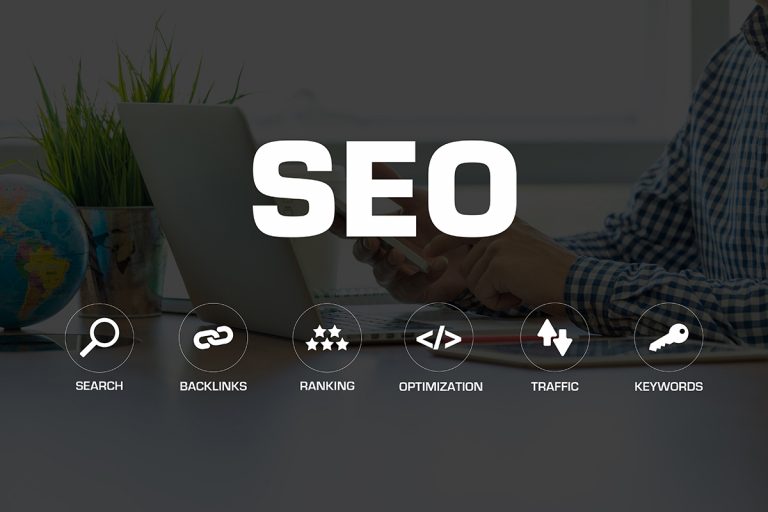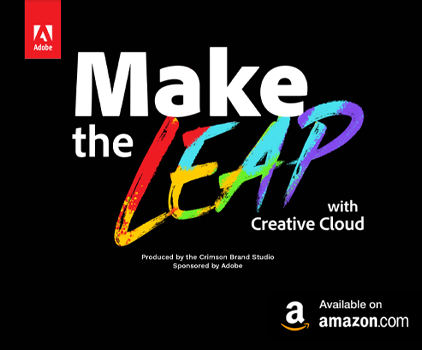Comparing Integration Solutions: Which Is Best For Your Business?
Staying competitive in today’s business world requires constant development, whether in operations, staff training, or technological integration. Companies face the constant challenge of incorporating various software systems and applications to streamline operations, enhance productivity, and maintain a competitive edge.
Choosing the proper integration solutions is crucial for achieving these goals. With numerous options available, it can seem tricky to decide which solution best fits your business requirements. This article explores a few of the most popular integration solutions and help you decide which is best for your business. Read on for more!
Understanding integration solutions
Integration solutions refer to the software and services that connect different applications, systems, and data sources within an organization. These solutions facilitate smooth communication and data transfer among different systems, guaranteeing efficient information flow and streamlined processes. A suitable integration solution can help your business achieve greater efficiency, reduce errors, and improve decision-making.
For businesses seeking comprehensive integration solutions, managed ICT services can provide the expertise and support needed to implement and maintain these systems effectively. Managed ICT (Information and Communication Technology) involves having a third-party provider handle the management and maintenance of an organization’s IT infrastructure and communication systems.
This service oversees networks, servers, software, and security to ensure optimal performance and reliability. You can concentrate on main activities by utilizing managed ICT services, all the while receiving assistance from professionals and utilizing cutting-edge technology solutions.
Furthermore, through your partnership with a managed ICT provider, you can ensure that your integration strategy is aligned with your business goals and that you have access to the latest technologies and best practices.
Types of integration solutions
Here are some examples of different types of integration solutions:
- Enterprise Service Bus (ESB): ESB serves as a centralized architecture that functions as a middleware layer, offering a uniform method for applications to interact and share data.
- Application Programming Interface (API): An Application Programming Interface (API) connects software applications, providing a set of rules and specifications that allow them to communicate and exchange data seamlessly.
- Integration Platform as a Service (iPaaS): iPaaS is a cloud-hosted solution that simplifies the connection of applications and data across diverse environments. It provides users a comprehensive suite of tools and services to streamline integration processes.
- Extract, Transform, Load (ETL): ETL stands for extract, transform, and load, which is a method used to gather data from various sources, change it into a consistent format, and move it to a central storage location like a database or data warehouse for analysis and use.
- Electronic Data Interchange (EDI): A standardized format for exchanging business documents electronically between trading partners.
- Cloud Integration: A set of technologies and services that enable applications and data integration across different cloud environments.
- Data Virtualization: A technology that provides a unified view of data from various sources without replicating or moving the data.
With several options available, you must clearly understand what your organization needs regarding integration solutions. The following section lists the factors you must consider to select the right system.
What should you consider when selecting an integration solution?
It’s important to carefully consider different factors when choosing the right integration solution to make sure it’s implemented successfully and gives the best return on investment. A well-suited integration solution can streamline business processes, enhance data sharing, and improve operational efficiency.
- The complexity of integration requirements
Assess the complexity of the integration project, including the number of applications and systems involved, the diversity of data formats, and the frequency of data exchange.
- Scalability and flexibility
Select a solution that has the ability to expand as your business grows and can adjust to evolving business requirements. Consider whether the solution can support additional applications, data sources, and integration scenarios as your organization expands.
- Cost and budget constraints
Evaluate the total cost of ownership, including licensing fees, implementation costs, maintenance expenses, and potential hidden costs. Ensure that the chosen solution aligns with your budget and provides a good return on investment.
- Ease of use and implementation
Consider the integration solution’s user-friendliness and ease of implementation. Choose a system that has intuitive interfaces, comprehensive documentation, and readily available support to minimize the learning curve and accelerate deployment.
- Security and compliance
Make sure the integration solution follows the industry’s standards and regulations for data security and privacy. Consider encryption, access controls, and auditing capabilities to protect sensitive data during transmission and storage.
- Integration capabilities and features
Assess each solution’s specific integration capabilities and features. Consider whether the solution supports real-time integration, batch processing, data transformation, error handling, and monitoring.
- Vendor reputation and support
Selecting a vendor with a strong reputation and a demonstrated history of successful integration solution delivery is crucial. Prioritize vendors that provide comprehensive support services, encompassing training, documentation, and technical assistance, to facilitate seamless implementation and ongoing maintenance of the chosen solution.
Selecting the ideal integration solution for your company requires thoroughly assessing various factors. Through meticulous evaluation, organizations can identify an integration solution that harmonizes with their unique requirements, financial constraints, and strategic objectives, ultimately resulting in heightened operational efficiency, optimized data exchange, and streamlined business workflows.Conclusion
It’s important to have the best integration solution for your business to thrive. To find the right fit, think about scalability, flexibility, user-friendliness, cost, and security. Whether you go for point-to-point integration, an ESB, iPaaS, or API management, make sure it boosts your business and aligns with your growth goals.










